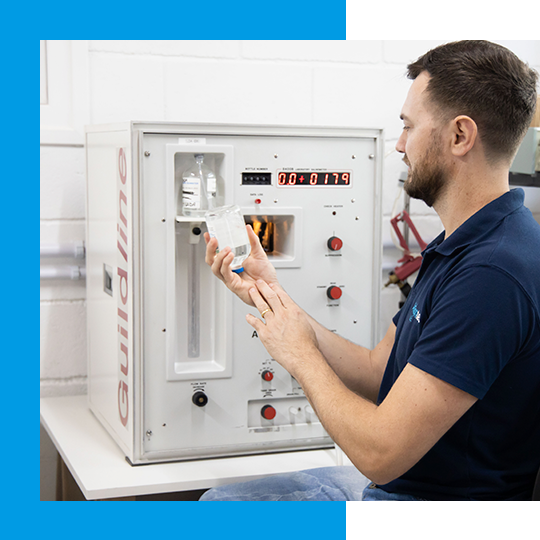
Measurement of parameters plays a crucial role in the quality and safety of offshore operations, as well as in the sizing of engineering projects. Among the various challenges faced during measurement campaigns is sensor drift. Therefore, the importance of regular calibration is essential to quantify and ensure the quality of measurements.
Sensor drift refers to the gradual deviation of a sensor’s output from its calibrated state over time. In oceanographic instrumentation, the consequences of sensor drift can be severe, potentially leading to inaccurate readings and compromised measurement quality. Drift can be caused by several factors, including environmental conditions, wear, and aging of components.
Calibration involves comparing a sensor’s output to a known reference or standard to identify and correct any deviations. In engineering, where precision and accuracy are paramount, a well-established calibration routine is essential to maintain data integrity and ensure compliance with regulatory standards.
Our calibration parameters:
Cel: +55 (48 ) 9 9600-1193
comercial@atlantec.com.br
Matriz Brasil: Atlantec Instrumentação Oceanográfica Rua Recantos dos Girassóis, nº 483, Bairro Carianos, Florianópolis, SC CEP 88047-618. Filial EUA: Atlantec Marine Instruments LLC 57345 W Sand Lake RD Ste 210 Office 2051 Orlando FL 32819
© 2024 desenvolvido por ACMarketing